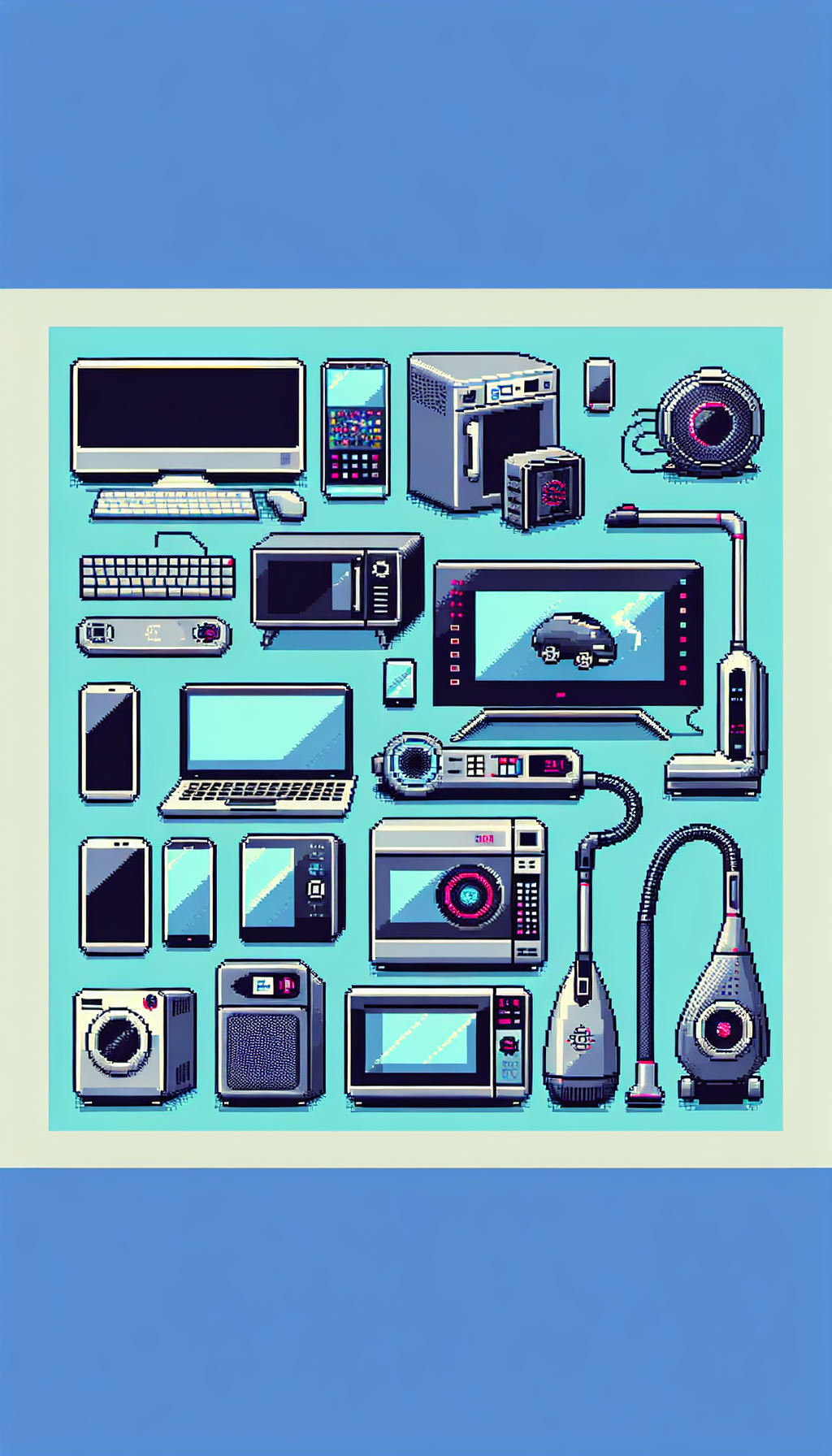The Rise of 5G: Revolutionizing the Future of Consumer Tech
The advent of 5G technology has created a buzz in the consumer tech world, promising to revolutionize everything from smartphones to smart cities.
As the fifth generation of wireless technology, 5G stands poised to deliver unprecedented speed, reduced latency, and enhanced connectivity, setting the stage for innovations that were once the stuff of science fiction.
Unmatched Speed and Connectivity
At its core, 5G offers significantly faster data speeds than its predecessor, 4G. While 4G networks typically deliver speeds of up to 100 Mbps, 5G networks can achieve speeds up to 10 Gbps. This leap means downloading a high-definition movie, which might take minutes on a 4G network, can be completed in mere seconds with 5G. Enhanced speed is more than just about downloading movies faster; it’s about creating a seamless digital experience where delays are negligible, and connectivity feels instantaneous.
Reduced Latency for Real-Time Interaction
One of the most transformative aspects of 5G is its reduced latency.
Latency, or the delay before a transfer of data begins following an instruction, is critical for real-time applications. With 5G, latency can drop to as low as 1 millisecond, compared to 4G’s 30-50 milliseconds. This dramatic reduction paves the way for innovations like augmented reality (AR) and virtual reality (VR) to become part of everyday life.
Imagine walking through a virtual store, attending a live concert in VR, or even performing remote surgeries with the guidance of AR—all in real-time, with no perceptible lag.
Expanding the Internet of Things (IoT)
The connectivity power of 5G is set to supercharge the Internet of Things (IoT), where billions of devices communicate with each other, collecting and sharing data. From smart homes that manage energy consumption to autonomous vehicles that navigate traffic seamlessly, the possibilities are endless.
5G’s enhanced capacity ensures that these devices can operate efficiently, securely, and with minimal interference, making our lives more connected and integrated than ever before.

Impact on Consumer Electronics
For consumers, 5G’s impact is already being felt in the realm of smartphones.
Leading manufacturers like Samsung, Apple, and Huawei have rolled out 5G-enabled devices, touting superior performance and future-proofing capabilities. But the influence of 5G extends beyond mobile phones. Laptops, tablets, and even smart appliances are starting to incorporate 5G capabilities, ensuring that they can leverage the new network’s full potential.
Challenges and Considerations
While the promise of 5G is enticing, it’s important to acknowledge the challenges.
Infrastructure upgrades are costly and time-consuming, requiring new cell towers and significant investment.
Moreover, concerns about data security and privacy are magnified in a hyper-connected 5G world.
Regulatory bodies and tech companies must work collaboratively to address these issues, ensuring that the benefits of 5G are realized without compromising user safety.
5G is not just an incremental improvement over 4G; it’s a transformational leap that will redefine how we interact with technology. As 5G networks become more widespread, the consumer tech landscape will continue to evolve, ushering in an era of rapid innovation and connectivity. From faster speeds to the expansion of IoT, the potential of 5G is boundless, offering a glimpse into a future where our digital and physical worlds seamlessly integrate.
